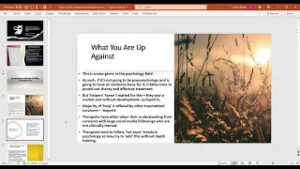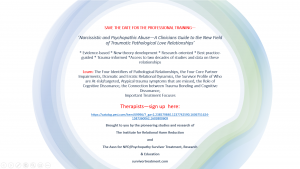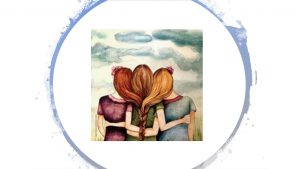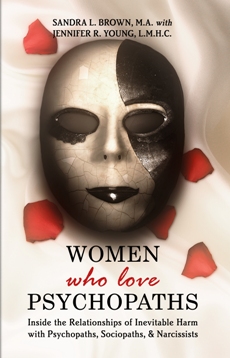Each person needs to find their blend of techniques that creates their own well stocked tool kit. And each person’s tool kit is likely to be different than someone else’s because while each person may have anxiety (for instance), not each person will respond to anxiety techniques the same way. Don’t judge someone else’s use of what works for them or become adamant that what works for you MUST work for them.
Their trauma, their brain wiring, their neuro chemistry are all different than yours. As they say in the 12 Steps ‘take what works and leave the rest.’ So build the BEST tool box for yourself. And that means experimenting. Even though you may find a technique that works the first time you use it, don’t stop there! I can promise you there will be days when it doesn’t work as well so you need a variety of items in that tool box.
Mindfulness techniques for your tool box
One technique is the rubber band technique. Wear a rubber band around your wrist and gently snap it when you need to re-center or re-focus. Put that in your tool box. Or go online and download the mindfulness bell that will ding every X seconds/minutes which will serve as a reminder for you to return to the present.
Soothe yourself in nature. Put that in your tool box. Practice with it every day, long before you need to call on it in crisis. During your lunch break, go outside. Focus all your awareness on what you can see. Move your eyes around the landscape (don’t stare or you will go into a trance). Look deeply at things. See the texture – the ants crawling, the blades of grass, bark on a tree, the cloud formations. As your attention wanders, bring it back to your outside environment, even 50 times. You are strength training your ability to hold your mind on an object. The more you do that the more you recreate new neuro pathways that have nothing to do with your obsessional thinking.
Every day, every single day–even if it’s only for 10 minutes, go outside and work visually with your environment.
We don’t heal in isolation, we heal in community.
There are a lot of symptoms that drive people into isolation: trauma, depression, anxiety, fear, shame, and PTSD with its features of isolating behaviors due to dread of the future, and distortions about their future (I won’t live to have a normal life, healthy partner, be symptom-free, etc.).
PTSD, by its symptomatic nature, isolates. Recovery mandates that we find a balance between The Gentle Life with enough quietness for the anxiety and enough human contact for the depression. That is the fine line everyone struggles to find.
If you are isolating simply to reduce the external stimulation to ward off adrenaline surges, you have not yet found the balance of the need for human contact AND managing the stimulation at the same time.
“Live the Gentle Life”
Healing from the aftermath is not a destination. It’s not even merely a goal of ‘symptom reduction.’ For those who have been significantly altered by their Pathological Love Relationships, sometimes healing is a life style change–learning to embrace Living the Gentle Life. It’s not living the gentle life until you are symptom free, it is living the gentle life because your neurology, biology, psychology and theology have all been altered because of pathology. If you have lived the gentle life and think you are done because your symptoms are reduced, try stopping the gentle life. The symptoms return.
Aftermath is like a rolling wave — it comes in and goes out and you have to deal with those fluctuations for life. If Living the Gentle Life is simply to reduce your symptoms, you will soon be back with symptoms. Why not change your life and make Living the Gentle Life a life style change instead of a symptom management only technique!
We have, on our website, a series of articles covering the different aspects of Living the Gentle Life.
Cognitive dissonance
Cognitive dissonance is the process of holding two opposing belief systems at one time. How best to describe the internal experience of trying to have a relationships with Jekyll/Hyde? At the same moment you are in a pathological relationship you must have simultaneous skill sets for two opposing ‘things’ – Jekyll and Hyde, for Wonderful and Horrible, for Loving and Loathing. To correspond to these dueling relationships, you shift back and forth between Jekyll and Hyde.
Our cognitive dissonance is simply a relational process of trying to be in relationship with two distinctly different people and to hold two opposing views of “He’s good/He’s bad” at the same time.
Today, just recognize that your cog diss as simply a NORMAL response to the pathological’s splits, to their sides, to their dichotomous parts. Anyone who comes to know the pathological must also respond to both sides thus increasing their own cog diss. Now imprint the experience of bouncing back and forth between the parts of the pathological. Know what it feels like emotionally, physically, spiritually, and verbally.
The next time you feel cog diss in yourself while with someone else, you are probably dealing with pathology. The cog diss is a learning template. Use it!
Next week we will talk about anxiety and panic attacks and some techniques that can help easily and quickly calm it down.
(**If we can support you in your recovery process, please let us know. The Institute is the largest provider of recovery-based services for survivors of pathological love relationships. Information about pathological love relationships is in our award-winning book, Women Who Love Psychopaths, and is also available in our retreats, 1:1s, or phone sessions. See the website for more information.)






